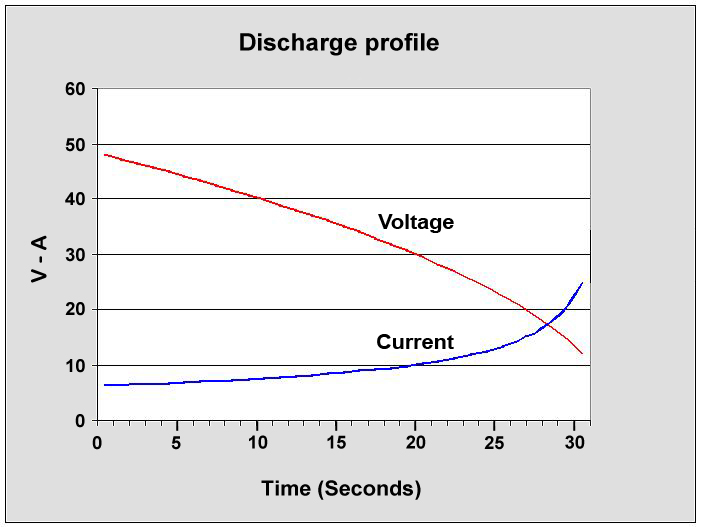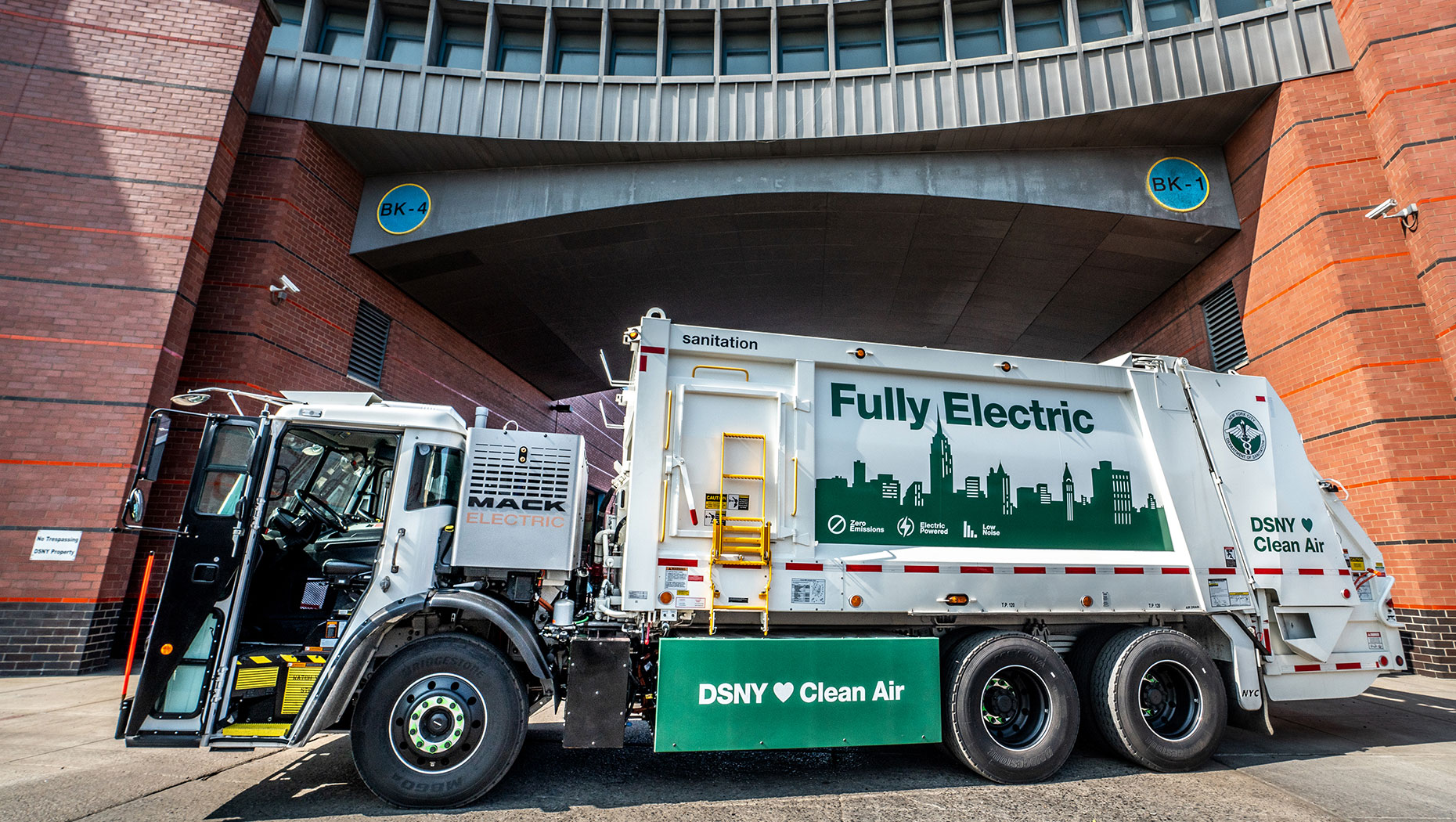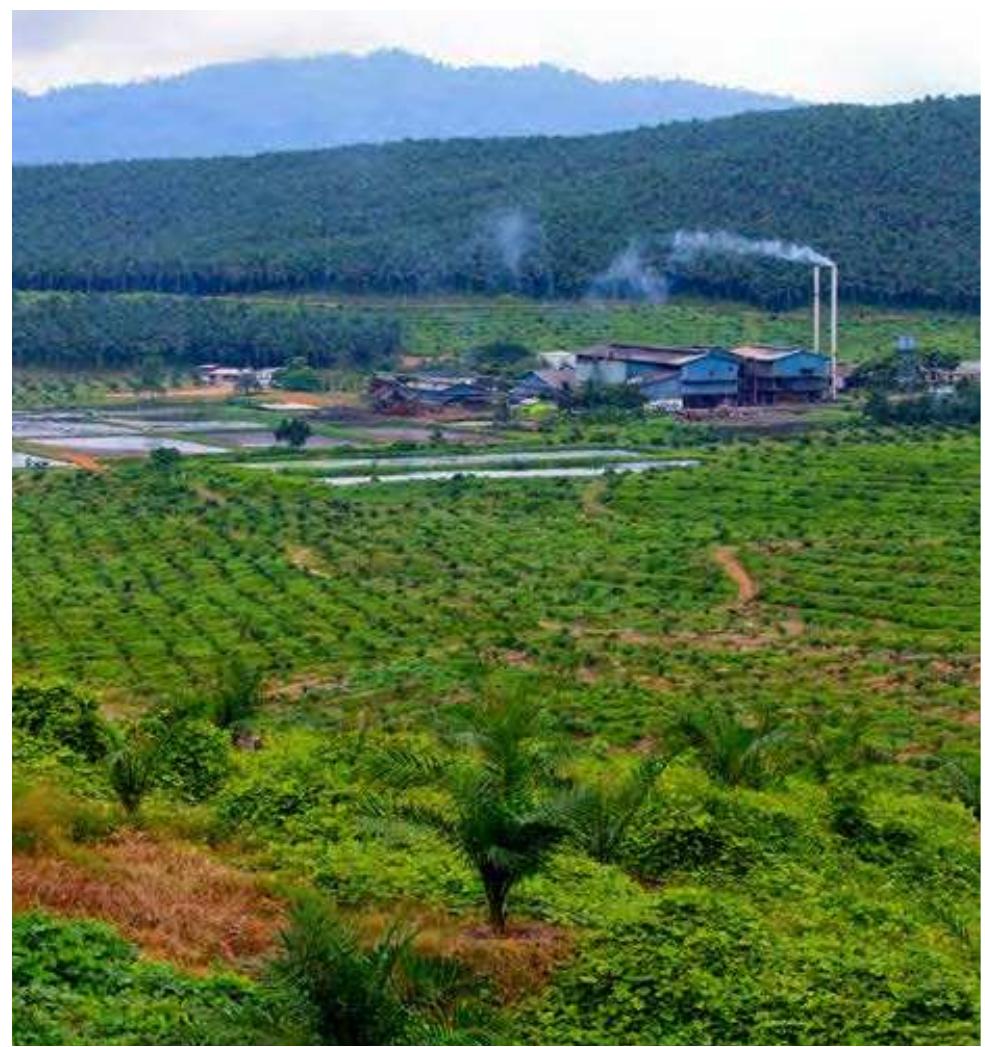Report on Optimizing a Hybrid Renewable Energy System for Grid Integration and Sustainable Development
Executive Summary
This report details a study on a grid-connected hybrid power system designed to advance Sustainable Development Goal 7 (SDG 7: Affordable and Clean Energy). The system integrates photovoltaic (PV) and wind turbine sources with a hybrid battery and supercapacitor storage solution. The primary objectives were to maximize clean energy extraction while minimizing grid instability, specifically addressing the challenge of Total Harmonic Distortion (THD). This aligns with SDG 9 (Industry, Innovation, and Infrastructure) by enhancing the resilience and technological capability of energy infrastructure. A novel cascade PI-PID controller, optimized with the COOT bird algorithm, was proposed for the system’s various control loops. When compared to a traditional PI controller tuned with a Genetic Algorithm (GA), the proposed approach demonstrated superior performance, achieving a 30% reduction in current THD and an 81% reduction in voltage THD. The integration of a supercapacitor system proved effective in mitigating voltage peaks, further enhancing system stability. A realistic simulation involving variable energy generation and load conditions confirmed the efficacy of the energy management strategy, showcasing a robust model for maximizing renewable energy exploitation and contributing to SDG 13 (Climate Action) by providing a stable, clean energy alternative.
1.0 Introduction: Aligning Energy Systems with Sustainable Development Goals
The global transition towards renewable energy is a critical component in achieving the United Nations’ Sustainable Development Goals, particularly SDG 7 (Affordable and Clean Energy) and SDG 13 (Climate Action). Renewable sources like solar and wind are environmentally benign, widely available, and inexhaustible. This research focuses on the compulsory exploitation of these resources through hybrid power systems, which combine multiple renewable sources to ensure a more consistent energy supply. To address the inherent intermittency of solar and wind power, energy storage systems are essential. This study utilizes a hybrid storage solution, combining batteries for long-term storage and supercapacitors for rapid power delivery, to create a resilient and reliable power system. Such innovations in energy infrastructure are fundamental to achieving SDG 9 (Industry, Innovation, and Infrastructure) and supporting the development of SDG 11 (Sustainable Cities and Communities).
Effective control and energy management are paramount for the stability of grid-connected hybrid systems. This report presents an advanced control framework to optimize system performance. The primary objectives of this study were as follows:
- To simulate a grid-connected hybrid power system combining PV and wind energy sources.
- To evaluate the effectiveness of the COOT bird optimization algorithm for determining optimal controller parameters in comparison to the GA algorithm.
- To compare the performance of a proposed PI-PID cascade controller against a conventional PI controller for system stability.
- To validate the role of a supercapacitor in achieving stable voltage and system reliability under dynamic load conditions.
- To confirm the role of the Battery Energy Storage System (BESS) in maximizing the utilization of energy from renewable sources, directly supporting SDG 7.
- To demonstrate the efficiency of a comprehensive energy management strategy under realistic, variable conditions.
2.0 Hybrid Power System Architecture
The power system under investigation employs a DC-coupled configuration for its inherent flexibility and ease of integration. This architecture is designed to efficiently manage power flow from various sources to the load and the grid, contributing to a modern and resilient energy infrastructure as envisioned in SDG 9.
2.1 System Components
The system is composed of the following key elements integrated on a common DC bus:
- Photovoltaic (PV) System: Solar panels equipped with a DC-DC boost converter, controlled by an Incremental Conductance (IC) Maximum Power Point Tracking (MPPT) algorithm to maximize solar energy capture.
- Wind Turbine System: A Permanent Magnet Synchronous Generator (PMSG) based wind turbine with a Machine-Side Converter (MSC) controlled by Rotor Field Oriented Control (RFO) and a Tip Speed Ratio (TSR) MPPT algorithm.
- Hybrid Energy Storage System (HESS):
- A Battery Energy Storage System (BESS) with a bidirectional DC-DC converter to manage long-term energy surplus and deficit.
- A Supercapacitor with a bidirectional converter to stabilize DC bus voltage during rapid load changes.
- Grid Interface: A bidirectional inverter with Grid Side Control (GSC) to manage power exchange with the AC grid, ensuring stability and power quality.
- Variable DC Load: A simulated load to represent real-world consumption patterns.
3.0 Control and Optimization Strategy for Enhanced Sustainability
A robust control strategy is essential for maximizing the contribution of renewable systems to SDG 7. This involves optimizing each component’s performance while ensuring the stability of the entire grid-connected system.
3.1 Advanced Control Approaches
- PV System Control: An IC-MPPT algorithm ensures the PV array operates at its maximum power point under varying solar irradiance, maximizing clean energy generation.
- Wind System Control: A TSR-based MPPT algorithm adjusts the rotor speed to its optimal value, maximizing power extraction from fluctuating wind speeds. The PMSG is managed by an MSC using Rotor Field Oriented Control.
- Battery System Control: A bidirectional converter manages the charging and discharging of the BESS based on an energy management strategy, ensuring that surplus renewable energy is stored and utilized effectively.
- Supercapacitor Control: The supercapacitor’s bidirectional converter responds to transient fluctuations in the DC bus voltage, injecting or absorbing power to maintain stability, which is critical for reliable energy infrastructure (SDG 9).
- Grid Side Converter (GSC) Control: The GSC maintains a stable DC link voltage and controls the flow of active and reactive power to the grid, ensuring that the hybrid system acts as a stable and reliable generation source.
3.2 Proposed PI-PID Cascade Controller
To enhance system performance beyond traditional methods, this study proposes a PI-PID cascade controller structure for all primary control loops. This advanced controller offers improved response to system dynamics compared to a simple PI controller.
3.3 Optimization Using the COOT Bird Algorithm
The performance of the PI-PID controllers was optimized using the COOT bird optimization algorithm. This meta-heuristic technique was employed to determine the optimal controller gains by minimizing an objective function based on the Integral Square Error (ISE) of key system variables. This optimization ensures the system operates at peak efficiency and stability, maximizing its contribution to clean energy goals.
4.0 Energy Management Strategy for Sustainable Development
The energy management strategy is designed to prioritize the use of renewable energy, thereby minimizing reliance on the grid and reducing carbon emissions, in direct support of SDG 7 and SDG 13. The strategy operates based on the principle of power balance, ensuring that generation meets demand at all times.
4.1 Operational Logic
- Surplus Energy Condition: When the power generated by the PV and wind systems exceeds load demand, the surplus energy is first used to charge the BESS. If the BESS is fully charged or its maximum charging rate is reached, the remaining excess power is exported to the grid. This maximizes the economic and environmental value of the generated clean energy.
- Deficit Energy Condition: When renewable generation is insufficient to meet the load demand, the BESS discharges to cover the deficit. If the BESS is depleted or its maximum discharge rate is reached, the necessary power is imported from the grid. This ensures an uninterrupted power supply, a cornerstone of SDG 11.
- Transient Stability: The supercapacitor operates independently to manage rapid voltage fluctuations caused by sudden changes in load or generation, ensuring the system remains stable.
5.0 Results and Discussion
The proposed system was evaluated under two scenarios to validate the control strategy and the energy management logic. The results demonstrate significant improvements in performance and stability, highlighting the system’s potential for real-world application in advancing sustainable energy infrastructure.
5.1 Scenario 1: Control System Performance Validation
This scenario compared the proposed COOT-optimized PI-PID controller with a supercapacitor (COOT-PI-PID+SC) against a baseline GA-optimized PI controller. Under a step load perturbation, the proposed system showed marked improvements:
- Stability: The DC voltage peak undershoot was reduced by 66%, and the peak overshoot was minimized by 64%. The settling time was reduced by 96%, indicating a much faster and more stable response.
- Power Quality: Total Harmonic Distortion for current (THDi) was reduced by 30%, and THD for voltage (THDv) was reduced by 81%. This significant improvement in power quality makes the system more compatible with grid standards and enhances its contribution to a reliable infrastructure (SDG 9).
5.2 Scenario 2: Realistic Operational Simulation
This scenario tested the system under realistic conditions with variable solar irradiance, wind speed, and load demand over a 24-hour period. The results confirmed the effectiveness of the energy management strategy:
- Renewable Energy Maximization: The MPPT algorithms for both PV and wind systems successfully tracked the maximum power points, ensuring optimal energy harvesting.
- Effective Energy Management: The system seamlessly managed the flow of energy between the renewable sources, storage units, load, and grid. The BESS effectively stored surplus energy and supplied it during deficits, minimizing grid interaction and promoting energy self-sufficiency.
- System Stability: The proposed control system maintained stable operation throughout the simulation, effectively handling the variability of renewable sources and load, proving its viability for supporting sustainable communities (SDG 11).
6.0 Conclusion and Recommendations
This study successfully demonstrated an optimized control and management framework for a grid-connected hybrid PV-wind power system with hybrid energy storage. The proposed COOT-optimized PI-PID cascade controller, combined with a supercapacitor, significantly enhances system stability and power quality compared to conventional methods. The developed energy management strategy ensures the maximum utilization of clean energy sources, directly contributing to the achievement of multiple Sustainable Development Goals.
The findings confirm that such advanced hybrid systems are a viable and effective solution for increasing the share of renewable energy in the global energy mix. This work provides a robust technological foundation for building the resilient, innovative, and sustainable energy infrastructure required to achieve SDG 7, SDG 9, SDG 11, and SDG 13.
6.1 Recommendations for Future Work
To further advance the development of sustainable energy systems, future research could explore:
- The application of alternative intelligent controllers, such as fuzzy logic or artificial neural networks, to further improve system adaptability.
- The development of adaptive or predictive energy management strategies using machine learning or reinforcement learning to optimize performance under dynamic market and weather conditions.
- Investigation of different optimization algorithms and multi-objective functions to balance technical performance with economic and environmental factors.
1. Which SDGs are addressed or connected to the issues highlighted in the article?
SDG 7: Affordable and Clean Energy
- The article’s primary focus is on maximizing energy extraction from renewable sources, specifically Photovoltaic (PV) arrays and wind turbines. It directly addresses the transition to sustainable energy systems by stating, “Renewable energies have become as one of the most valuable solutions to the modern energy problem.” The research aims to create a stable and efficient “grid-connected hybrid power system” using these clean energy sources.
SDG 9: Industry, Innovation, and Infrastructure
- The research is centered on technological innovation to improve energy infrastructure. It proposes a novel “cascade PI-PID controller optimized with the COOT bird algorithm” to enhance system stability and efficiency. This work contributes to upgrading infrastructure by developing more robust and intelligent control systems for integrating renewables into the grid, which is essential for building resilient and sustainable infrastructure.
SDG 13: Climate Action
- By focusing on the “compulsory exploitation of these [renewable] energies as much as possible,” the article directly supports climate action. The entire premise of maximizing the use of solar and wind power while ensuring grid stability is to reduce dependence on fossil fuels, which are a primary driver of climate change. The research provides a technological pathway to a more sustainable energy mix, thereby contributing to climate change mitigation efforts.
2. What specific targets under those SDGs can be identified based on the article’s content?
Targets under SDG 7: Affordable and Clean Energy
- Target 7.2: By 2030, increase substantially the share of renewable energy in the global energy mix. The article’s core objective is to “maximize the energy extracted from PV arrays and wind turbines” and to develop an “energy management strategy [that] efficiently maximized renewable energy exploitation.” This directly contributes to increasing the proportion of renewable energy in the power system.
- Target 7.a: By 2030, enhance international cooperation to facilitate access to clean energy research and technology, including renewable energy, energy efficiency and advanced and cleaner fossil-fuel technology, and promote investment in energy infrastructure and clean energy technology. The paper itself is a form of research that advances clean energy technology. It explores innovative control algorithms (“COOT bird algorithm”), controller designs (“PI-PID cascade controller”), and system configurations (“hybrid storage system consisting of batteries and a supercapacitor”) to improve the efficiency and reliability of renewable energy systems.
Target under SDG 9: Industry, Innovation, and Infrastructure
- Target 9.4: By 2030, upgrade infrastructure and retrofit industries to make them sustainable, with increased resource-use efficiency and greater adoption of clean and environmentally sound technologies and industrial processes. The research focuses on upgrading the electrical grid infrastructure to handle the integration of variable renewable energy sources. By minimizing “total harmonic distortion (THD) injected into the grid” and improving system stability, the proposed technology makes the energy infrastructure more sustainable and efficient, facilitating a greater adoption of clean energy.
3. Are there any indicators mentioned or implied in the article that can be used to measure progress towards the identified targets?
Indicators for Target 7.2
- Maximized Renewable Energy Exploitation: The article’s energy management strategy is designed to “fully utilize the energy received from renewable sources.” The successful implementation of Maximum Power Point Tracking (MPPT) for both solar and wind systems, confirmed by the results where the “actual angular speed (ωm) of the turbine…equals the optimum value,” serves as a direct indicator of maximizing the renewable energy share within the system.
Indicators for Targets 7.a and 9.4
- Reduction in Total Harmonic Distortion (THD): THD is a critical measure of power quality and grid infrastructure efficiency. The article explicitly quantifies the improvement achieved by its proposed system, stating it achieved a “30% and 81% reduction in THDi and THDv, respectively.” This is a direct, measurable indicator of technological advancement and infrastructure enhancement for clean energy integration.
- Improved System Stability and Performance Metrics: The research uses several technical metrics to measure the effectiveness of its innovative control system. These include:
- Settling Time (Tst): The proposed approach provided a “settling time 96% faster” than the conventional method, indicating a more stable and responsive system.
- Peak Undershoot (Us) and Peak Overshoot (Os): The article notes that the “DC voltage peak undershoot (Us) was reduced by 66%, and the peak overshoot was minimized by 64%,” demonstrating enhanced stability during load changes.
These metrics serve as indicators of progress in developing advanced and reliable clean energy technologies.
4. Create a table with three columns titled ‘SDGs, Targets and Indicators” to present the findings from analyzing the article. In this table, list the Sustainable Development Goals (SDGs), their corresponding targets, and the specific indicators identified in the article.
| SDGs | Targets | Indicators |
|---|---|---|
| SDG 7: Affordable and Clean Energy |
7.2: Increase substantially the share of renewable energy in the global energy mix.
7.a: Enhance access to clean energy research, technology, and infrastructure investment. |
|
| SDG 9: Industry, Innovation, and Infrastructure | 9.4: Upgrade infrastructure and industries for sustainability and increased adoption of clean technologies. |
|
| SDG 13: Climate Action | 13.2: Integrate climate change measures into policies and planning. |
|
Source: nature.com







